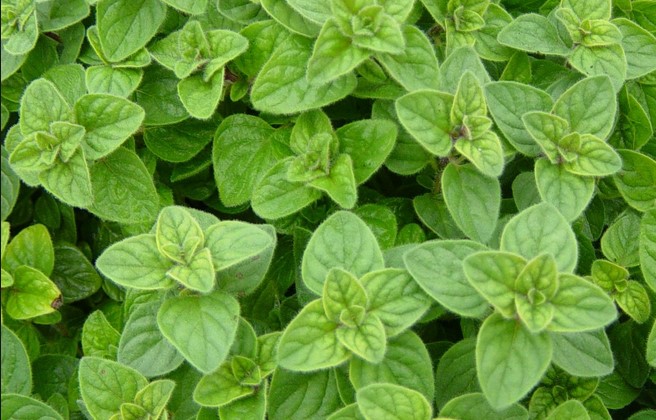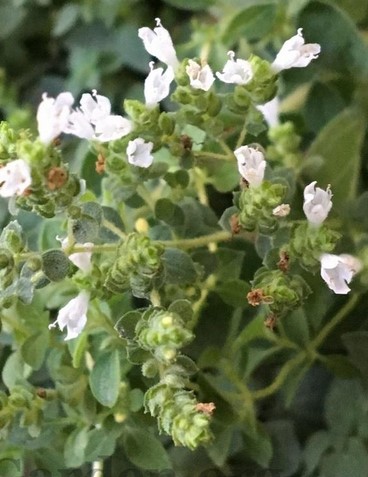Oregano Greek
Origanum vulgare hirtum


Characteristics
- Type: Perennial Herb
- Zone: 4 – 8
- Height: 6 – 9 Inches
- Spread: 12 – 18 Inches
- Bloom Time: July
- Bloom Description: White
- Sun: Full Sun
- Water: Medium
- Maintenance: Low
- Flower: Showy
- Leaf: Fragrant
- Tolerates: Deer, Drought, Erosion
Culture
Oregano Greek is easily grown in average, dry to medium moisture, well-drained soils in full sun. Does very well in gritty, sandy loams. Good heat and drought tolerance. Best to shear plants back regularly before flowering to keep the planting tidy and to induce growth of new leaves. Oregano Greek is best propagated from cuttings taken from plants whose leaves have a proven superior aroma/taste. Seed-grown plants sometimes have little aroma or flavor. Leaves with good flavor may be clipped fresh as needed or dried for year-round use. Best leaf flavor usually occurs just prior to flowering.
Noteworthy Characteristics
Origanum vulgare plants are primarily sold in commerce today under a number of different cultivar, subspecies or varietal names, each geared toward a specific culinary and/or ornamental usage. Greek oregano is the standard culinary spice rack oregano but has little ornamental value. Greek oregano, or winter sweet marjoram, is a hardy perennial native to Greece and Turkey. It is very similar to Origanum vulgare, except it is a more compact plant noted for producing much more flavorful leaves which impart the classic pungent, hot and spicy taste revered by lovers of oregano. It is the standard culinary oregano that is most commonly commercially marketed in dry form for spice racks. Tiny white flowers appear in terminal and axillary spikelets in summer. Like the straight species, it has minimal ornamental features.
Problems
No serious insect or disease problems. Root rot may occur in wet, poorly drained soils. Watch for fungal diseases. Aphids, leaf miners and spider mites may appear.
Garden Uses
Group or mass in herb gardens, border fronts, cottage gardens or rock gardens. Also effective as an edger or groundcover. Pots, window boxes, and containers. Cultivars with attractive foliage are used as ornamentals.